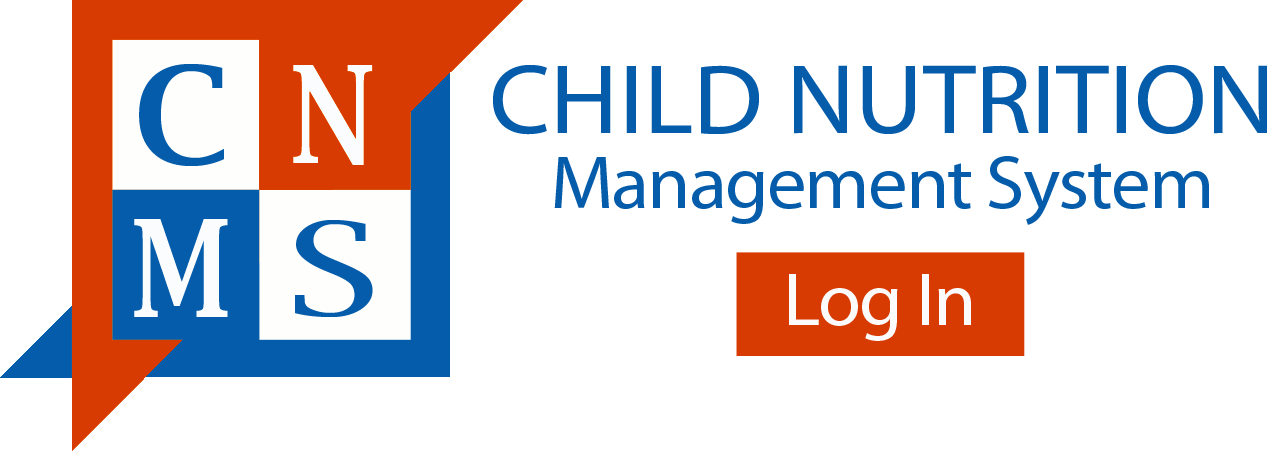 |
THE STATE EDUCATION DEPARTMENT / THE UNIVERSITY OF THE STATE OF NEW YORK / ALBANY, NY 12234 Office of P-20 Education Policy |
Please click here to access the Eligibility Webinar.
Eligibility Webinar Q and A
1. What if a student listed on the Direct Certification Matching Process (DCMP) list lives in a household with another student who is not related to the student found on the list?
Kinship is not a factor in establishing the child's eligibility. If the child lives in the household and is found in the electronic direct certification file, that child as well as all other children living in the household will receive free meals/milk.
2. Can households refuse to accept free meals for their children?
Yes, the household can refuse these benefits. The option to decline benefits must be included on the notification letter sent to households directly certified. If the child has been automatically certified during the DCMP then the household may indicate the declination of benefits on the DCMP notification letter and return it to the school where the child attends.
3. If a child qualifies for free school meals, can he/she get free milk when he/she brings a lunch from home to school?
No, only reimbursable meals may be counted and claimed. The school cannot claim free milk to eligible students in schools where free meals, which include milk, are available. The school can claim free milk only if the school participates in the Special Milk Program.
4. Can a student be approved for free or reduced price meals without an application from the parent or guardian?
Yes. Under special circumstances, a school official may use Administrative Prerogative and fill out an application for a student whom they have reason to believe would be eligible if the household were to apply. However, the school must first attempt to obtain an application from the household. The school official must complete an application that contains the name of the student, the household size, an estimated family income, and a signature of the school official. The source of information must be noted on the application. This prerogative should not be indiscriminately used to claim ineligible students for free meals or to generate aid for other federal programs. Please refer to the Eligibility Manual for School meals for further guidance on Administrative Prerogative.
5. When using Administrative Prerogative, how can a school demonstrate that attempts have been made to obtain an application from the household?
Copies of mailings to the household and documentation of conversations with the parent/guardian or a responsible adult in the household must be kept on file. An administrator cannot arbitrarily qualify students from families who did not reapply from the prior year.
6. If the parent/guardian of the student cannot be reached or communicated with due to language barriers, who may be contacted for household information?
An employer, a Social Service official, immigration official, or a relative suggested by either the student or the student's teacher may be contacted to urge the household to apply. SFAs are required to communicate school meals eligibility information “in an understandable and uniform format and to the maximum extent practicable, in a language that parents and guardians can understand. The SFA is responsible for ensuring that their application and other household materials (letters, notices, and verification materials) are available in a language the LEP individual can understand. Please refer to the memo “Guidance for meaningful access for Persons with Limited English Proficiency in School Meals Program” on our Child Nutrition Knowledge Center website.
7. Can a school official simply write a note to the food service manager to add a student's name to the list of eligible students?
No. The school official must complete an application that contains the name of the student, the household size, an estimated family income, and a signature of the school official. The source of information must be noted on the application.
8. If a student is found on the DCMP list and is classified as Medicaid, can a sibling also get the free benefits?
Yes, all students that live in the same household as the student identified from the DCMP list may be extended free meal benefits. DCMP is the only way Medicaid can be used to provide free meal benefits.
9. If a parent does not have a social security number, are they entitled for free/reduced meals?
Yes, a parent may check the “no security number” box and SFAs should process this application accordingly.
10. If a student is found on the DCMP list and is classified as DCMP-SNAP, and then the homeless liaison deems this same student as homeless, what should be the correct classification?
This student would be classified as SNAP. SNAP supersedes all other forms of student eligibility.
11. If a student was found on the previous school year DCMP list, and they do not reapply in the current school year, how long would the student be able to receive the free meal benefits?
A student may carryover their eligibility status for 30 operating days from the first day of school or until a new eligibility determination is made.
12. If a household submits an application and the application is denied and then the household submits a new application with a lower income listed on it, does the reviewing official need to verify this application?
The reviewing official can process this application and the application does not need to be verified unless the reviewing official has reason to believe the application contains fraudulent information. If so, the reviewing official may conduct verification for cause.
13. How long should Child Nutrition paperwork be kept?
All child nutrition program documents should be retained for 3 years plus the current year. However, some audits may require retaining documentation longer.
If you have any questions, please contact the Child Nutrition Program Office at 518-473-8781.



